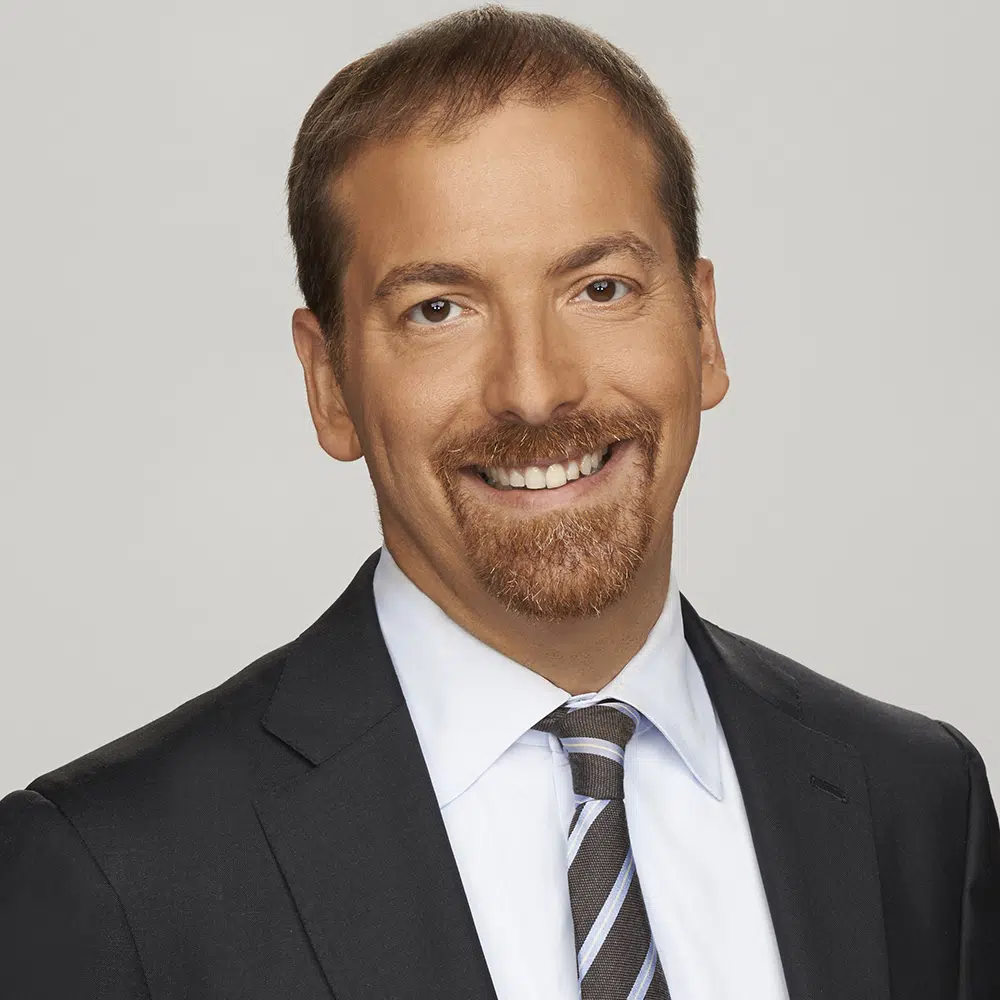
MINNEAPOLIS (AP) — The ride-hailing companies Uber and Lyft said they will delay their planned exit from Minneapolis after city officials decided Thursday to push back the start of a driver pay raise by two months.
The Minneapolis City Council voted unanimously to implement the ordinance on July 1 instead of May 1. Some council members said this gives other ride-hailing companies more time to establish themselves in the market before Uber and Lyft potentially leave, and it gives Minnesota lawmakers a chance to pass statewide rules on pay for ride-hailing drivers.
Council member Robin Wonsley, the lead author of the ordinance, said the delay would lead to better outcomes for drivers and riders, and lay a stronger foundation for a more equitable ride-hailing industry statewide. She called the current industry model “extremely exploitative.”
Under the ordinance, ride-hailing companies must pay drivers at least $1.40 per mile and $0.51 per minute — or $5 per ride, whichever is greater — excluding tips, for the time spent transporting passengers in Minneapolis.
The change aims to ensure companies pay drivers the equivalent of the city’s minimum wage of $15.57 per hour after accounting for gas and other expenses. However, a recent study commissioned by the Minnesota Department of Labor and Industry found that a lower rate of $0.89 per mile and $0.49 per minute would meet the $15.57 goal.
Uber and Lyft representatives say they can support the lower rate from the state’s study but not the city’s higher rate. Uber says it would end operations in the entire Minneapolis-St. Paul metropolitan area — a seven-county region with 3.2 million people — while Lyft would only stop serving Minneapolis.
Lyft said the city’s rate “will make rides too expensive for most riders, meaning drivers will ultimately earn less. This is unsustainable for our customers.”
Uber also warned of decreased demand, saying even the state study’s rate would still “likely lead to lower hourly pay since drivers will spend more time in between rides waiting for passengers,” company spokesperson Josh Gold said.
Some state legislators have proposed preempting, or overriding, the city ordinance with a state law.
Uber and Lyft previously pulled out of Austin, Texas, in 2016, after the city pushed for fingerprint-based background checks of drivers as a rider safety measure. The companies returned after the Texas Legislature overrode the local measure and passed a law implementing different rules statewide.
At the Minnesota Legislature, Democratic House Majority Leader Jamie Long of Minneapolis said he hopes ongoing negotiations between state and city officials can help resolve the dispute.
“I think that we will get to a result that’s going to keep the companies operating and is going to protect the drivers,” Long told reporters. “I’m really hoping that we can avoid preemption.”
Uber and Lyft drivers in the Minneapolis area are divided on the driver pay issue.
Muhiyidin Yusuf, 49, supports the ordinance. Yusuf said he works as an Uber and Lyft driver for about 60 hours each week but still relies on government assistance and accused the companies of making big profits while he struggles.
“I’m doing all of the work. But they are taking a majority of the money,” said Yusuf, who immigrated from Somalia in 2010. He’s one of many African immigrants in the Minneapolis area who work as Uber and Lyft drivers and have advocated for the rate increase in recent years.
Maureen Marrin, a part-time Uber and Lyft driver, opposes the ordinance. Marrin said she earns an average of $40 per hour while driving and doesn’t understand how other drivers earn less than the equivalent of minimum wage.
“I’m fortunate. I’m retired, I have another source of income, so it’s also easier for me to make more money because I can pick and choose,” Marrin said. “But I’m worried they (Uber and Lyft) are going to leave and will be replaced by something that we don’t even know what we’re getting.”




Comments